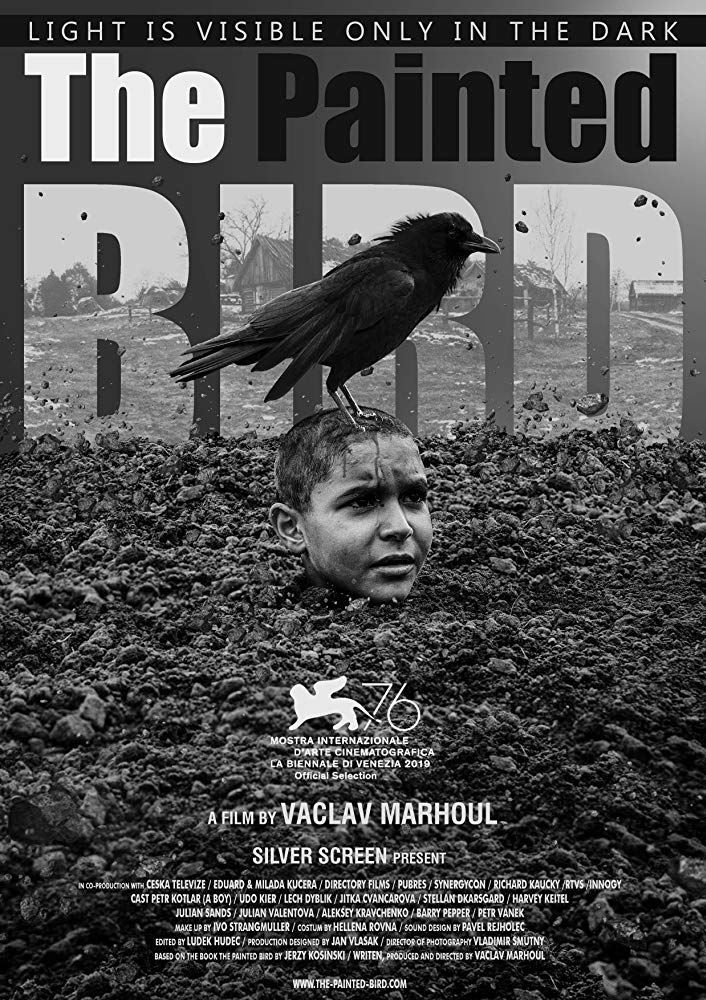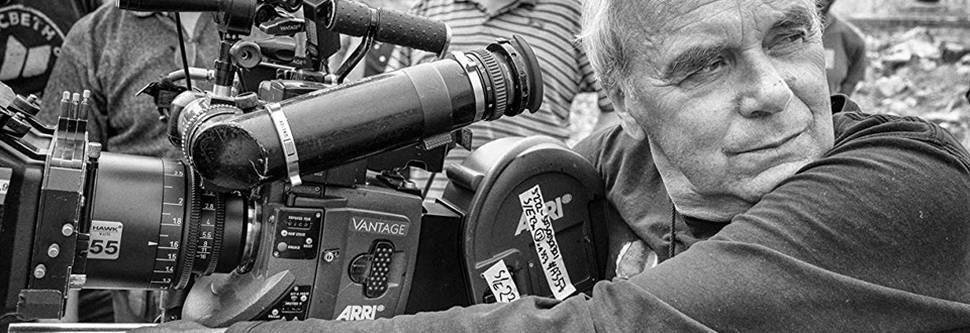
CZECH MASTER SMUTNÝ OPTS FOR B&W, HAWK V-LITES – THE PAINTED BIRD EARNS PRAISE ON FEST CIRCUIT
The Painted Bird – Jerzy Kosinski’s harrowing, surreal novel depicting the horrors of World War II through the eyes of a boy – seems an unlikely candidate for adaptation to the screen. But with an artist like Vladimir Smutný, AČK at the camera, the result is superlative cinema. Director Vaclav Marhoul’s black and white film earned praise at festivals the world over, and swept the Czech Lions, taking home Best Film and Best Cinematography among nine wins. It was Smutný’s eighth Lion. At Camerimage in Poland, the striking imagery earned the Bronze Frog.
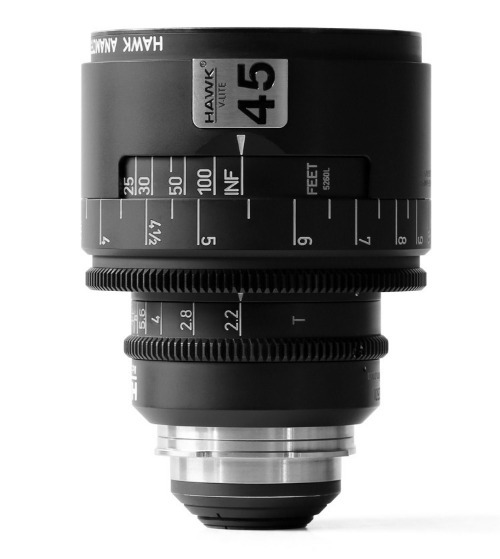 Sometimes an impressionistic, subjective tale loses power when it’s made more literal on the screen, but Marhoul’s insistence on black and white places a layer of artistic interpretation between the audience and “reality,” while maintaining an unpretentious directness. For similar reasons, Smutný chose to present the sometimes savage and depraved action with Hawk V‑Lite Anamorphic lenses combined with Eastman Double-X 5222 film stock.
Sometimes an impressionistic, subjective tale loses power when it’s made more literal on the screen, but Marhoul’s insistence on black and white places a layer of artistic interpretation between the audience and “reality,” while maintaining an unpretentious directness. For similar reasons, Smutný chose to present the sometimes savage and depraved action with Hawk V‑Lite Anamorphic lenses combined with Eastman Double-X 5222 film stock.
Smutný has shot with Hawk ‘Scope lenses on numerous films, going back to Dark Blue World (2001) and including Marhoul’s Tobruk (2008), and Barefoot (2014).
“Hawk V‑Lite lenses have a style of their own,” says Smutný. “They have some interesting distortion and are less sharp along the top edges of the image. The way the edges fall off a bit was just right for The Painted Bird. We turned these optical traits into storytelling tools.”
Certain scenes in The Painted Bird calling for a sharper, less forgiving look with consistent focus across the image were done with Zeiss glass. Smutný also manipulated the squeeze factor, switching to 1.3x as another visual storytelling variable. He occasionally controlled contrast with color filters. Early on, during rehearsals, Smutný shot tests and brought the images to a film print finish as well as a DCP. He then compared the images, and made his lighting and grading decisions with the goal of making the digital version adhere to the print standard.
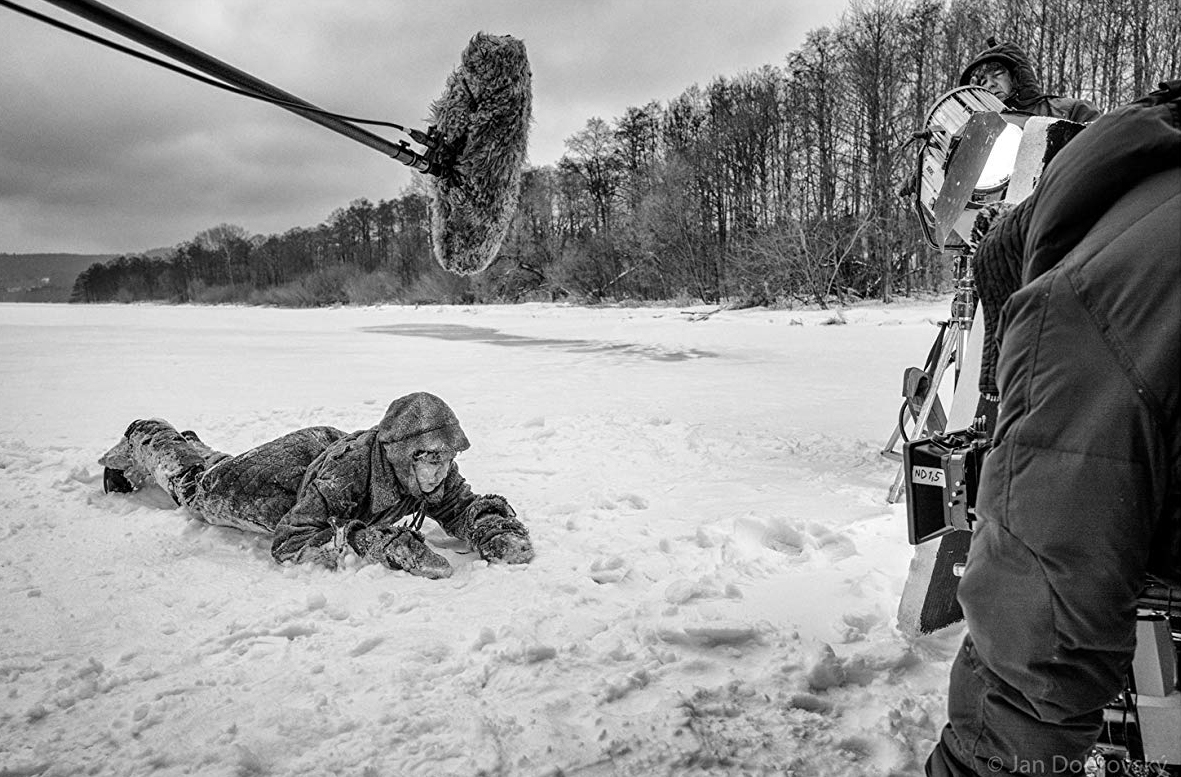
In general, the film tends towards the wider focal lengths, in part to place the characters in the exterior Polish, Czech, Slovakian and Ukrainian landscapes. Depth of field varied widely depending the narrative purpose of the shot.
“Black and white film stock in combination with the ‘Scope lenses was right for this story,” says the cinematographer. “We definitely did not want it to look like a documentary. We’re not telling the audience, ‘This story happened.’ Instead, our thinking was always more about the feeling, and less about the particular situation. I like making the picture a little more poetic. When something needed to feel more immediate, we switched to handheld.”
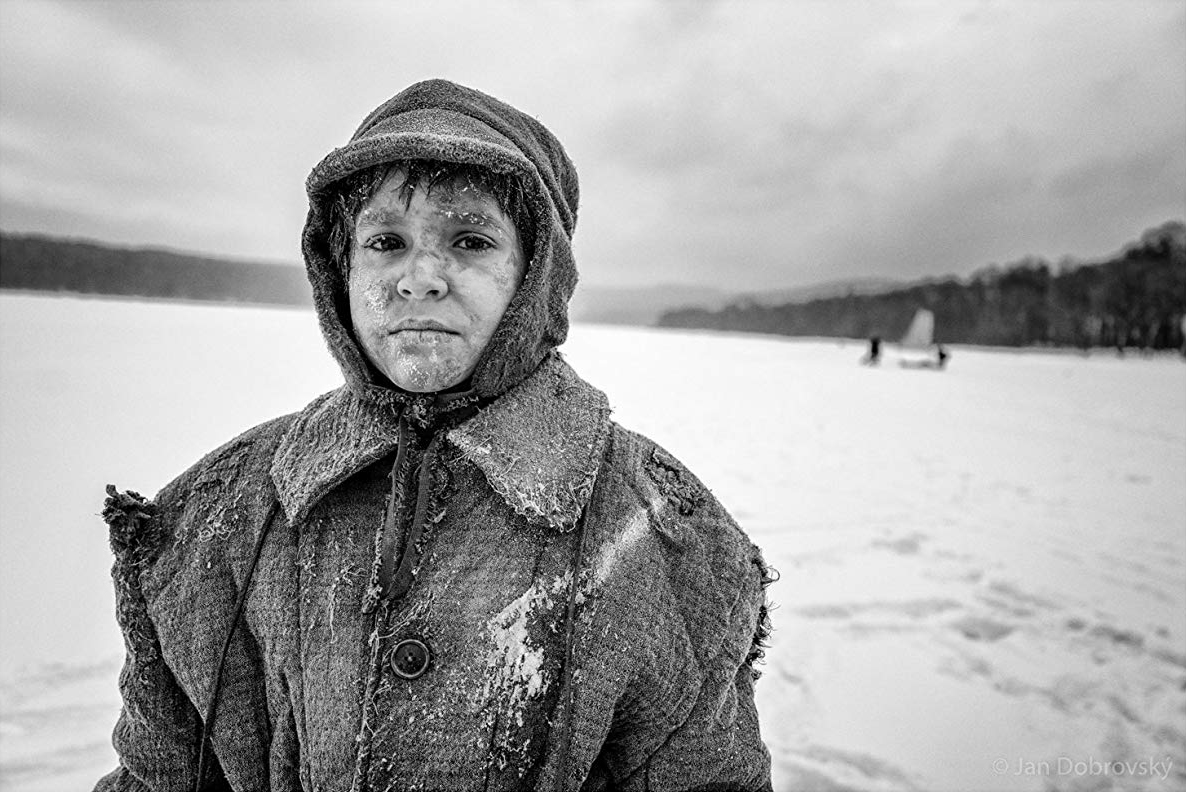
Smutný’s place in the pantheon of Eastern European filmmakers is secure. In 2019, he was honored with the Karlovy Vary International Film Festival’s President’s Award in recognition of his long and superlative body of work. “As a younger cinematographer, I learned from Miroslav Ondricek and the Czech tradition the importance of keeping the focus on the actor, as opposed to the images,” he says. “In some ways, I’m the opposite – I like to create expressive imagery to communicate a feeling. And to accomplish this, I use the lighting and lenses.”
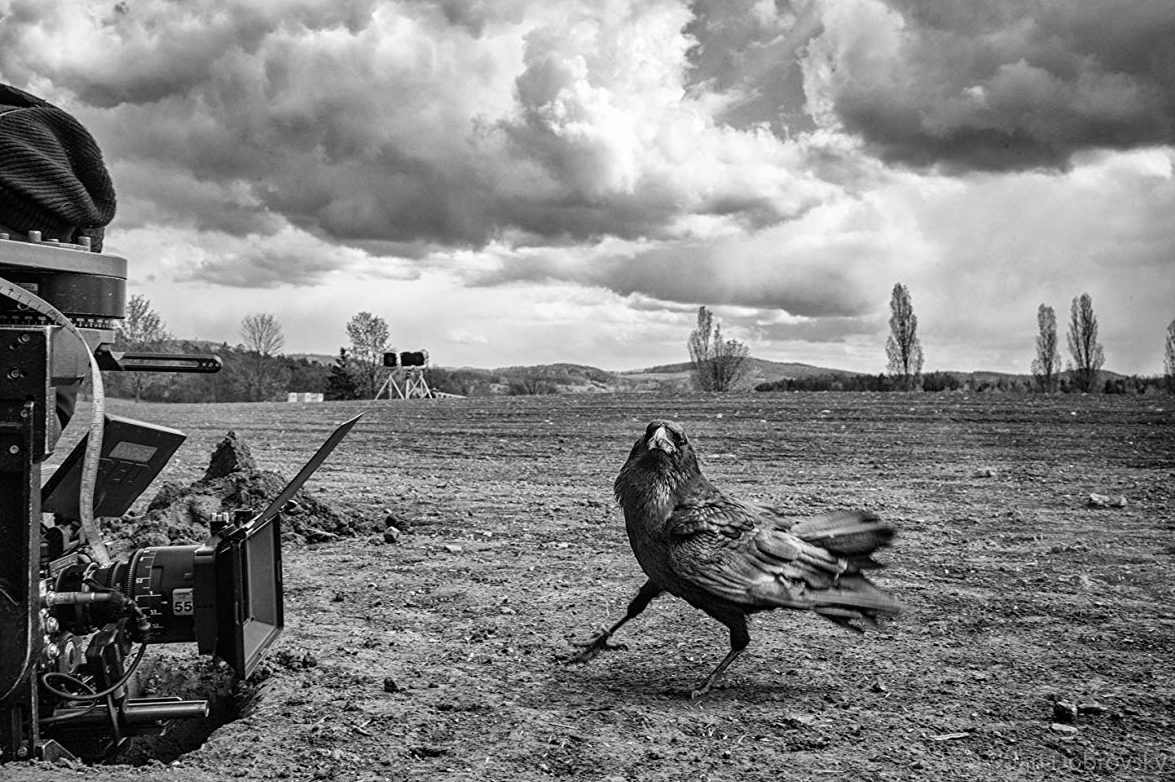
The result is a film that stands with classics like Andrei Tarkovsky’s Ivan’s Childhood and Andrei Rublev, as well as Volker Schlöndorff’s The Tin Drum. The Painted Bird was named by Variety as one of the 20 best festival films of the year. According to Variety’s Guy Lodge, “The Painted Bird is inarguably effective and immersive, its hard, unyielding gaze backed up by the muscularity of its craft. The clean-lined elegance of Smutný’s compositions — which often render human scuffles small against expansive natural backdrops — evoke a disinterested world that will endure, whatever our burdened protagonist’s fate.”
Smutný has gone on to shoot the comedy Posledni aristokratka (The Last Aristocrat) for director Jiri Vejdelek, using the Sony Venice camera and Hawk V‑Lite 1.3x Anamorphic Lenses.
